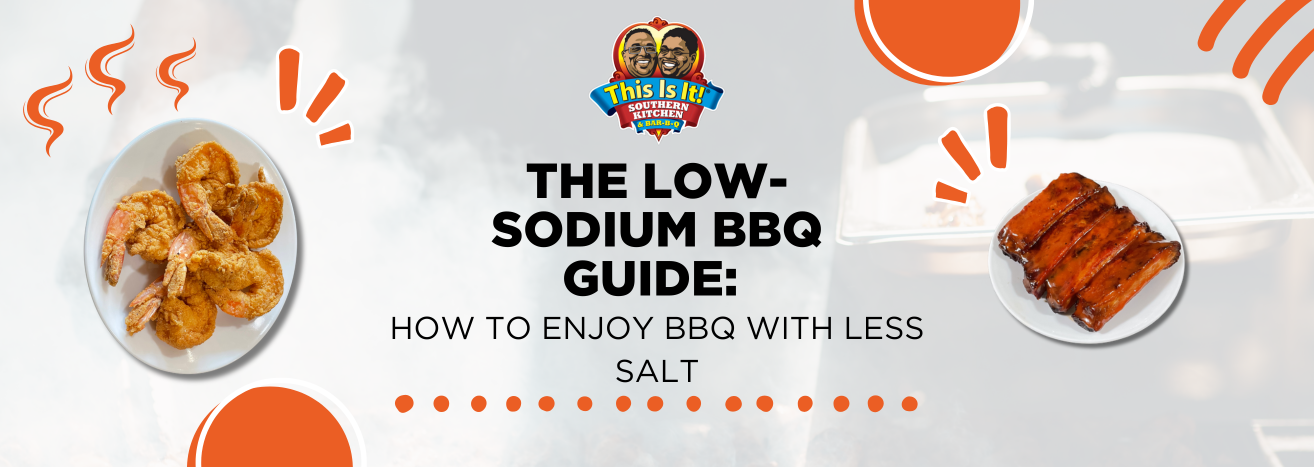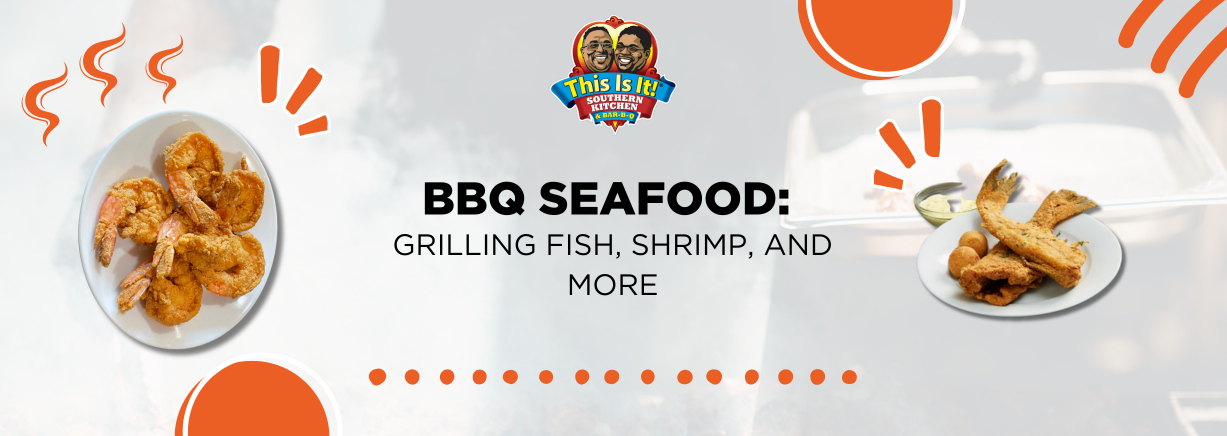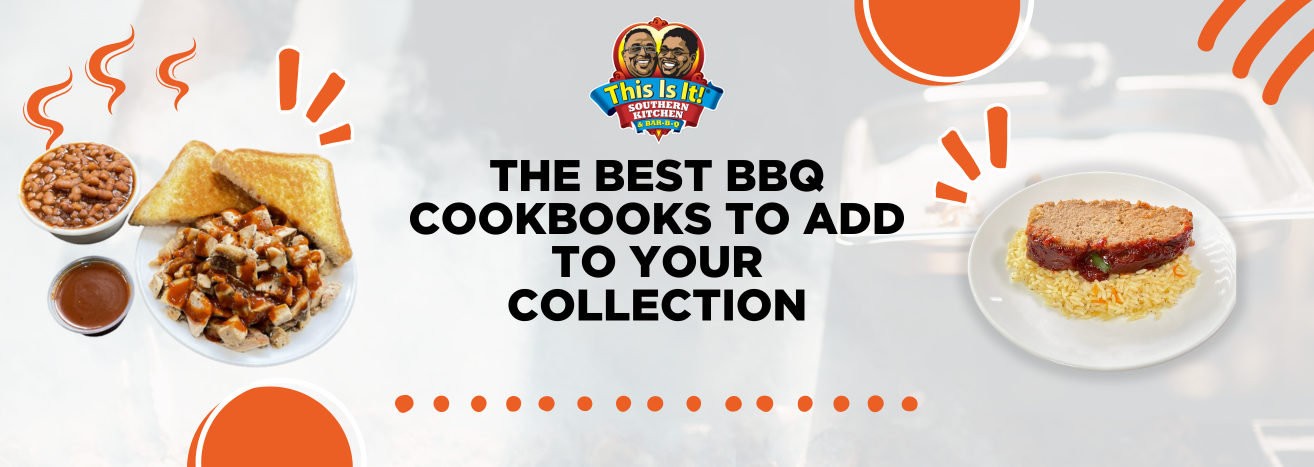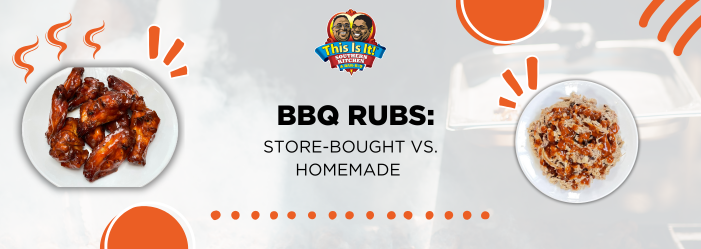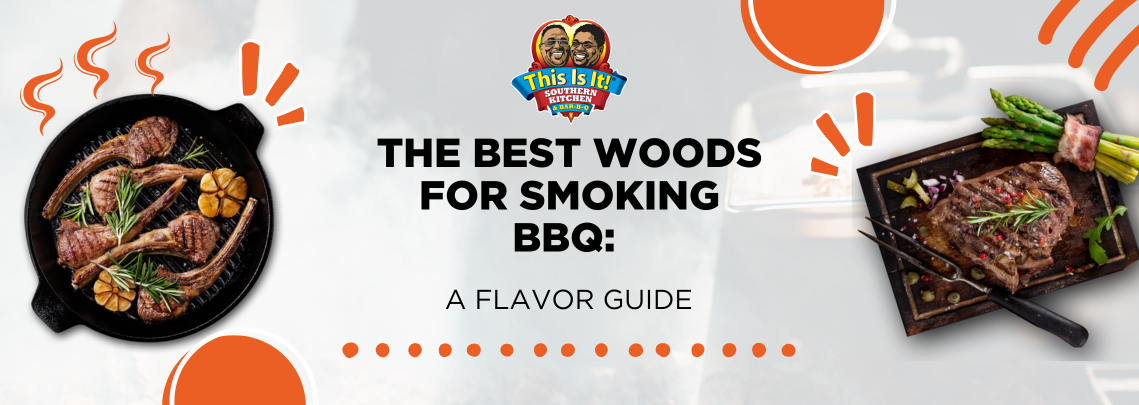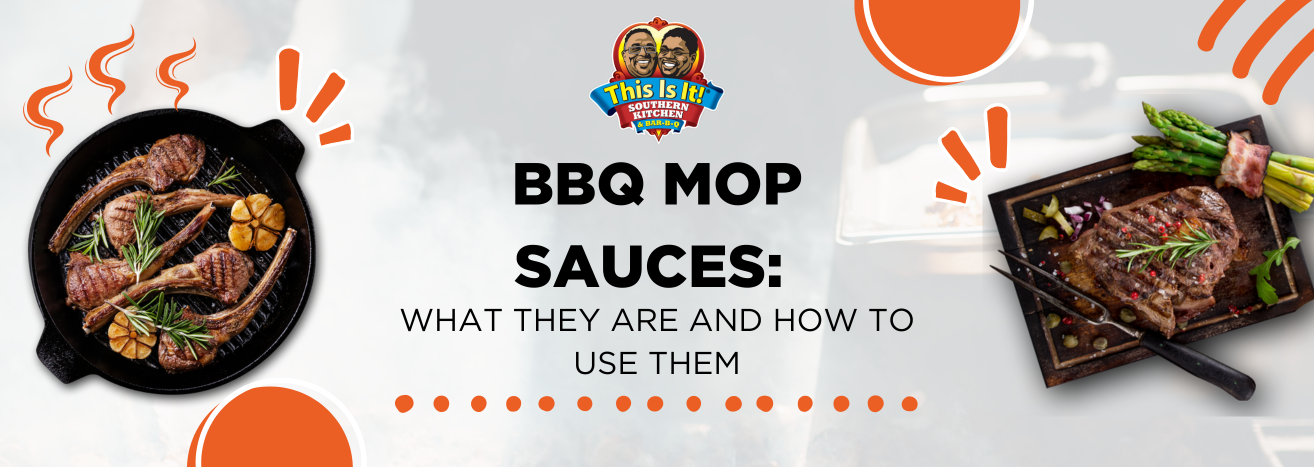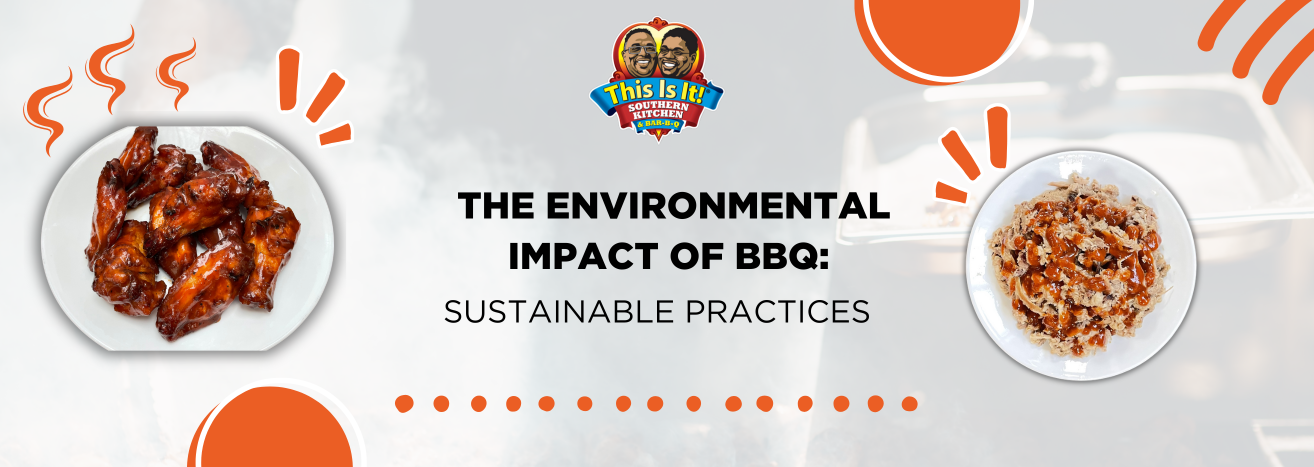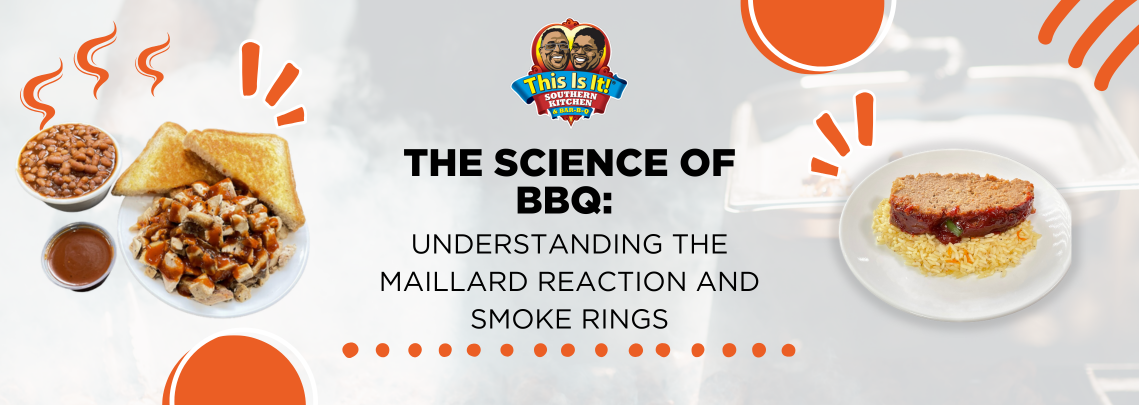BBQ for Beginners: Step-by-Step Guides and Tutorials
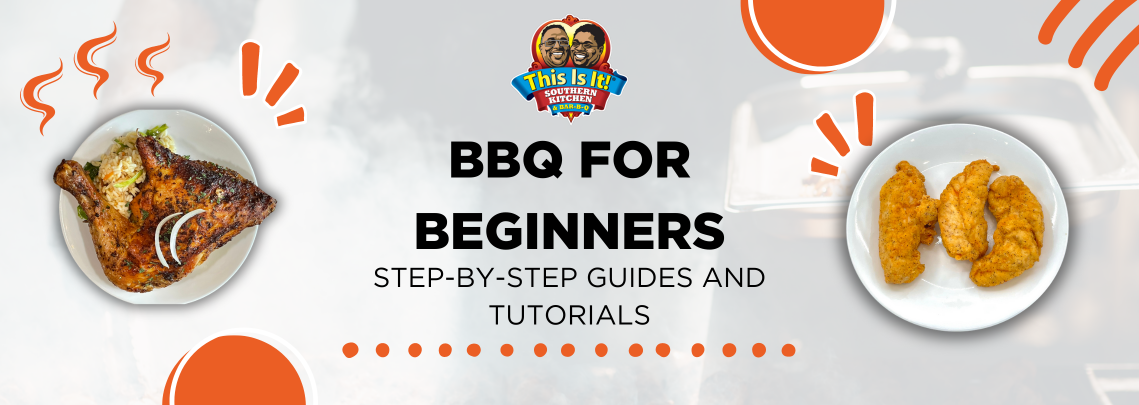
Table of Contents
Introduction
- What is BBQ?
- BBQ vs. Grilling: Key Differences
- Popular BBQ Styles
Essential Equipment and Tools
- Choosing the Right BBQ Grill
- Charcoal Grills
- Gas Grills
- Electric Smokers and Grills
- Essential BBQ Tools
Choosing and Preparing Meat
- Selecting the Right Cuts
- Brisket
- Pork Shoulder/Boston Butt
- Ribs
- Chicken
Prepping the Meat
- Trimming
- Marinating and Brining
- Rubbing
Mastering Cooking Techniques
- Smoking
- Setting Up the Grill/Smoker
- Maintaining Temperature
- Cooking Time
- Adding Smoke
- Grilling
- Preheating the Grill
- Oiling the Grates
- Cooking
- Resting
Flavoring Your BBQ
- Sauces and Glazes
- Tomato-Based Sauce
- Vinegar-Based Sauce
- Mustard-Based Sauce
- White Sauce
- Applying Sauces and Glazes
- Dry Rubs and Seasonings
Tips and Tricks for Perfect BBQ
- Controlling the Heat
- Patience in Cooking
- Resting the Meat
- Experimenting with Woods
- Keeping the Grill Clean
Common Mistakes to Avoid
- Over-Smoking
- Opening the Lid Too Often
- Not Using a Thermometer
- Using Lighter Fluid
BBQ Safety Tips
- Food Safety
- Fire Safety
- Proper Ventilation
Conclusion
- The Art of BBQ
- Encouragement to Experiment and Practice
Barbecue, often abbreviated as BBQ, is more than just a cooking method; it's a cultural phenomenon cherished around the world. Whether you're hosting a summer cookout, celebrating a special occasion, or simply enjoying a weekend meal, mastering the art of BBQ can elevate your culinary skills and impress your guests. This comprehensive guide will take you through the essential steps and techniques to get started with BBQ, from choosing the right equipment and ingredients to mastering cooking methods and flavoring techniques.
Understanding BBQ: An Overview
BBQ vs. Grilling: What's the Difference?
BBQ and grilling are often used interchangeably, but they refer to distinct cooking methods. BBQ typically involves slow cooking meat at low temperatures, often with smoke, to infuse rich, smoky flavors. Grilling, on the other hand, involves cooking food quickly at high temperatures over direct heat. Both methods have their place, but BBQ is all about patience and technique.
Types of BBQ Styles
BBQ styles vary by region, each with unique flavors, sauces, and cooking methods. Some popular styles include:
- Texas BBQ: Known for its emphasis on beef, particularly brisket, seasoned with a simple rub of salt and pepper and slow-smoked.
- Carolina BBQ: Characterized by pork, often pulled pork, with sauces ranging from vinegar-based in the east to mustard-based in the west.
- Kansas City BBQ: Famous for its sweet, tomato-based sauce and a wide variety of meats, including ribs, pork, and chicken.
- Memphis BBQ: Focused on pork ribs, either wet (sauced) or dry (rubbed with spices), cooked slowly to perfection.
Essential Equipment and Tools
Choosing the Right BBQ Grill
The first step in your BBQ journey is selecting the right grill. The three main types of grills are:
- Charcoal Grills: These provide authentic smoky flavors and high heat, making them ideal for searing and slow-cooking. However, they require more time and effort to set up and maintain the temperature.
- Gas Grills: Convenient and easy to use, gas grills heat up quickly and offer precise temperature control. They lack the smoky flavor of charcoal but are great for quick grilling sessions.
- Electric Smokers and Grills: Perfect for those who want the convenience of electric heat with the ability to smoke meat. These are ideal for beginners who want to experiment with smoking.
Essential BBQ Tools
- Tongs and Spatula: Long-handled tongs and a sturdy spatula are essential for handling food safely on the grill.
- Meat Thermometer: A must-have tool for ensuring your meat is cooked to the desired internal temperature.
- Basting Brush: Used for applying sauces and marinades to your meat.
- Chimney Starter: For those using charcoal, a chimney starter helps light the coals evenly and quickly.
- Grill Brush: Essential for cleaning the grates before and after cooking.
Choosing and Preparing Meat
Selecting the Right Cuts
The type of meat you choose will depend on the style of BBQ you're aiming for. Some popular cuts include:
- Brisket: A staple in Texas BBQ, known for its rich, beefy flavor. It's a tough cut that requires slow cooking to become tender.
- Pork Shoulder/Boston Butt: Common in Carolina BBQ, used for making pulled pork. It's a fatty cut that becomes tender and flavorful when slow-cooked.
- Ribs: Both pork and beef ribs are popular choices. Pork ribs come in baby back and spare rib varieties, each offering different levels of meatiness and flavor.
- Chicken: A versatile option that can be smoked, grilled, or roasted.
Prepping the Meat
Proper preparation is key to achieving great BBQ. Here's a step-by-step guide:
- Trimming: Remove excess fat from the meat, but leave enough to keep it moist during cooking. For brisket, trim the fat cap to about 1/4 inch thickness.
- Marinating and Brining: Marinating adds flavor, while brining helps keep the meat juicy. Depending on the recipe, you may marinate your meat for a few hours to overnight.
- Rubbing: Apply a dry rub made from a blend of spices, herbs, and seasonings. Rubs add flavor and create a crusty exterior called bark, which is a hallmark of good BBQ.
Mastering Cooking Techniques
Smoking
Smoking is the hallmark of BBQ, infusing meat with deep, smoky flavors. Here's how to do it:
- Setting Up the Grill/Smoker: For charcoal grills, use a two-zone setup with coals on one side and an empty area for indirect cooking. Add wood chips or chunks to the coals for smoke. For electric smokers, fill the wood chip tray and set the desired temperature.
- Maintaining Temperature: Keep the grill or smoker between 225-250°F (107-121°C) for low and slow cooking. Use a thermometer to monitor the temperature inside the grill.
- Cooking Time: Smoking times vary based on the type of meat and its thickness. For example, a brisket can take 10-14 hours, while ribs may take 4-6 hours.
- Adding Smoke: Add wood chips every 30-60 minutes for consistent smoke. Different woods impart different flavors; for example, hickory is strong and smoky, while fruitwoods like apple and cherry are milder and sweeter.
Grilling
Grilling involves cooking food quickly over high heat. Here's a basic guide:
- Preheating the Grill: Preheat your grill to medium-high heat (350-450°F / 177-232°C). For charcoal grills, wait until the coals are covered with gray ash.
- Oil the Grates: Use a paper towel dipped in oil to grease the grates, preventing food from sticking.
- Cooking: Place the meat on the grill and cook to the desired doneness. Use the direct heat for searing and the indirect heat for thicker cuts.
- Resting: Let the meat rest for a few minutes after cooking to allow the juices to redistribute.
Flavoring Your BBQ
Sauces and Glazes
Sauces are a key component of BBQ, enhancing the flavor of the meat. Here are some classic options:
- Tomato-Based Sauce: A sweet and tangy sauce often used in Kansas City BBQ. It typically includes ketchup, brown sugar, vinegar, and spices.
- Vinegar-Based Sauce: Common in Carolina BBQ, this sauce is tangy and spicy, made with vinegar, pepper, and spices.
- Mustard-Based Sauce: Also found in Carolina BBQ, particularly in the South, it's made with mustard, vinegar, and spices.
- White Sauce: A mayonnaise-based sauce unique to Alabama, often used on chicken.
Applying Sauces and Glazes
Apply sauces during the last 15-30 minutes of cooking to prevent burning. Baste the meat with a brush, and let the sauce caramelize on the surface.
Dry Rubs and Seasonings
Dry rubs are blends of spices and herbs that are rubbed onto the meat before cooking. They create a flavorful crust and can vary widely based on regional preferences. Common ingredients include:
- Paprika
- Garlic powder
- Onion powder
- Brown sugar
- Salt and pepper
- Cayenne pepper
Tips and Tricks for Perfect BBQ
1. Control the Heat: Mastering temperature control is crucial. Use a thermometer to monitor the grill and meat temperature.
2. Patience is Key: BBQ is all about low and slow cooking. Resist the urge to rush the process.
3. Resting the Meat: Always let the meat rest after cooking. This allows the juices to redistribute, resulting in a more flavorful and juicy dish.
4. Experiment with Woods: Different woods impart different flavors. Experiment with hickory, mesquite, apple, cherry, and oak to find your favorite.
5. Keep it Clean: Clean your grill grates before and after each use to prevent old residue from affecting the flavor of your food.
7. Common Mistakes to Avoid
1. Over-Smoking: Too much smoke can make the meat taste bitter. Use the right amount of wood and avoid over-smoking.
2. Opening the Lid Too Often: Every time you open the lid, you let out heat and smoke, which can affect cooking times and flavor. Keep the lid closed as much as possible.
3. Not Using a Thermometer: Guessing the doneness of the meat can lead to undercooked or overcooked results. Always use a meat thermometer to check the internal temperature.
4. Using Lighter Fluid: Avoid using lighter fluid, as it can impart a chemical taste to your food. Use a chimney starter or natural fire starters instead.
8. BBQ Safety Tips
- Food Safety: Always handle raw meat with care. Keep it separate from other foods and wash your hands and utensils thoroughly.
- Fire Safety: Keep a fire extinguisher nearby, and never leave the grill unattended.
- Proper Ventilation: Ensure proper ventilation when using a grill or smoker, especially if you're cooking in an enclosed area.
Conclusion
BBQ is an art form that combines technique, patience, and a love for great food. By understanding the basics, choosing the right equipment, and mastering the key cooking techniques, you can create delicious BBQ dishes that will impress your family and friends. Remember, practice makes perfect, so don't be afraid to experiment and find your own BBQ style.
From understanding the differences between BBQ and grilling to selecting the right equipment, choosing and preparing the perfect cuts of meat, mastering cooking techniques, and flavoring your BBQ with sauces and rubs, this guide has covered all the essentials you need to get started. Remember, BBQ is all about patience, practice, and passion.
